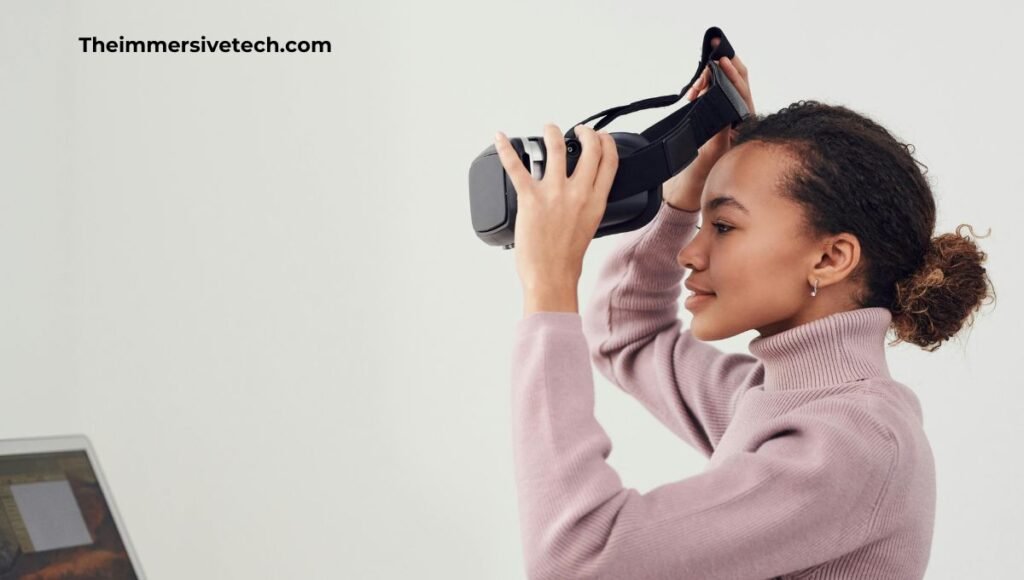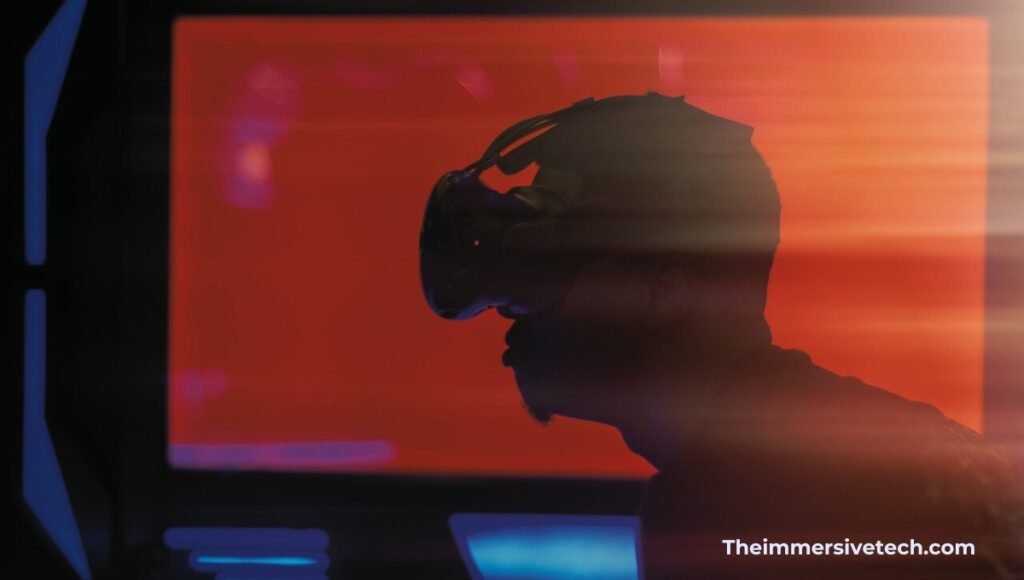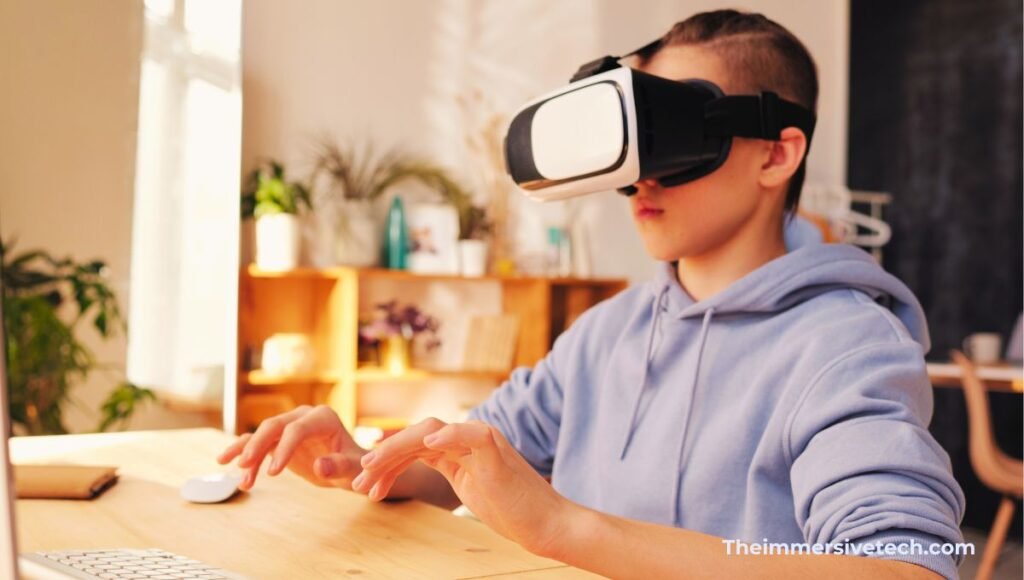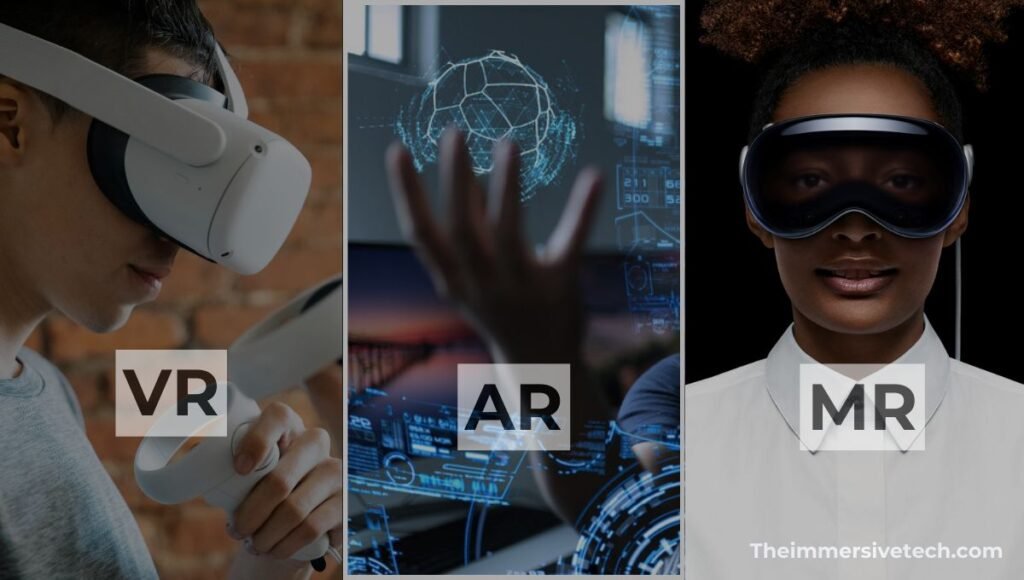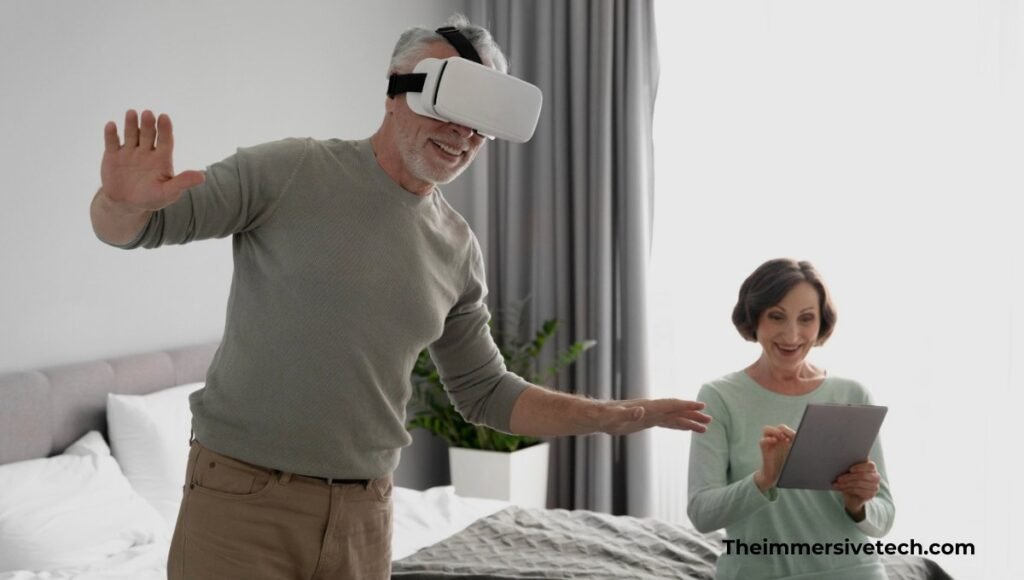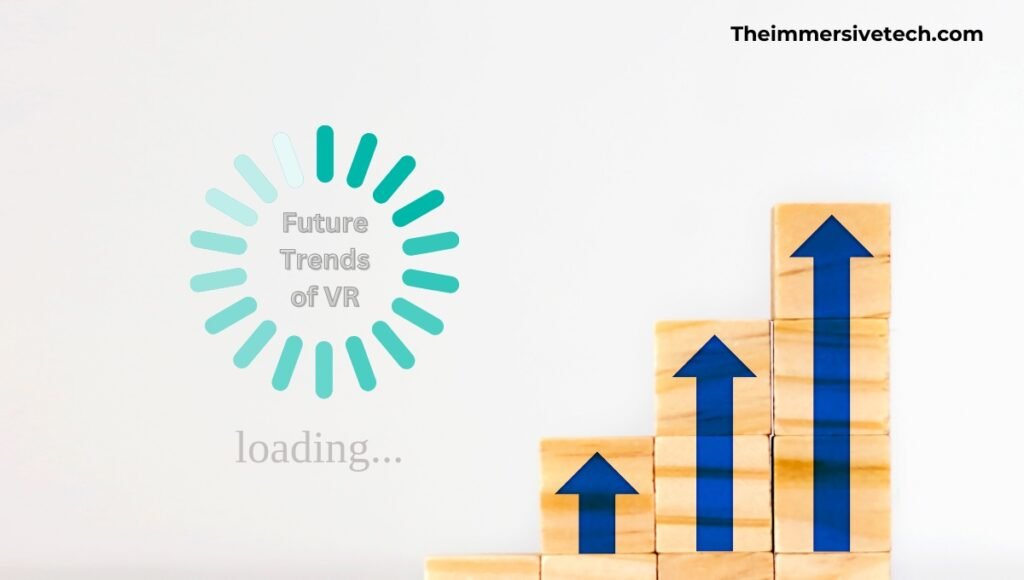Virtual Reality (VR) lets us explore new places, watch concerts, play games and visit museums, all without leaving home with the help of a headset. VR technology is improving every day, which makes people wonder: Can virtual reality eventually replace actual reality?
Imagine exploring the Louvre Museum Gallery in Paris through VR without any crowds or noise—just a perfect view of the Mona Lisa painting. Or use VR for flight simulation to train pilots safely to avoid hazardous work environments.
VR reduces travel costs, mishappenings, physical limits, and time limitations. That’s why various educational and health care institutions utilize virtual reality to achieve their objectives.
Within a few years, VR technology has become more feasible, which has led many people to wonder if it will completely replace real-life moments or if there will be some kind of coexistence.
Read this blog to find out.
Everything to Know About Virtual Reality
Virtual reality (VR) is a technology that transports users into a computer-generated place to offer fully immersive experiences. Users can interact with a virtual world as if they were physically there.
Various components are needed for an immersive experience, and one of them is high resolution visuals. VR headsets display ultra-clear images and make virtual environments look almost as precise as the real world. Some advanced systems track eye movements to offer better focus and perception.
VR uses spatial audio to detect user movements and provide real-life sound. For example, if something makes noise behind you in VR, you hear it from that direction. VR also uses special gloves, suits, and controllers to provide a sense of touch, so users can easily interact by feeling vibrations and textures.
How VR is Impacting Different Industries?
1. Gaming
With games like Half-Life: Alyx and Beat Saber, VR offers players an interactive and fully immersive experience. It let players physically move, dodge, and interact with the game world.
2. Education
VR enhances learning by creating interactive virtual experiences. Students can explore historical landmarks for field trips, perform complex science experiments, or practice surgeries in a virtual environment before transitioning to real-life scenarios.
3. Healthcare
Doctors use VR simulations to practice surgeries in a virtual world. It also aids in exposure therapy for anxiety and PTSD by allowing patients to face their fears in a controlled environment.
Some hospitals use VR for pain management. They offer an alternative to medication by creating distractions that shift attention away from painful stimuli. This can potentially reduce perceived pain and anxiety among the patients.
4. Work & Training
VR provides a safer alternative for training in hazardous fields. Pilots, firefighters, and construction workers can train in computer-generated environments that mimic real-world scenarios. This helps them build skills and be prepared without facing real-life risks.
What are the Benefits of Virtual Reality?

1. Better Learning & Retention
2. Substitutes for Real, Safer Training
High-risk industries use VR to train workers without exposing them to real-life dangers. Military personnel are using VR to prepare their soldiers by creating battlefield simulations.
3. Mental Health Therapy
VR therapy is a new way to help people with anxiety, PTSD, and phobias. It creates a safe place where they can slowly face their fears and learn to manage them. Patients can practice to handle scary situations in a controlled and supportive space with the help of experts.
4. Remote Collaboration
Virtual reality helps people from around the world to work together as if they were in the same room. It reduces the need for physical travel and saves a huge amount of money. They can even join meetings and brainstorm together to get new ideas.
Current Progress in VR Technology

Source – Life Hacker
Recent improvements in VR technology have made virtual environments more realistic and accessible. Lightweight and high resolution headsets like Meta Quest 3 and Apple Vision Pro improve user comfort and visual clarity.
VR gloves and bodysuits take help from advanced haptic feedback and allow users to interact with virtual objects through touch. Virtual reality has also started implementing AI-driven interactions to make VR experiences more realistic, bridging the gap between virtual to reality.
Psychological and Social Impacts of VR

VR has both psychological and social impacts, bringing positive and negative effects on users.
Positive Impacts:
- Accessibility for All:
People with certain disabilities can engage in virtual experiences that may be difficult in the real world. They can work on their life skills and make their everyday life better.
- Enhanced Remote Work & Learning:
VR offers more interactive alternatives to traditional online learning and work meetings. Virtual reality (VR) helps learners to explore places virtually that are quite difficult to visit and study their characteristics.
- Stronger Global Connectivity:
People can meet and interact in VR spaces, breaking geographical barriers.
Limitations of VR
- Limited Physical Activity: While VR fitness apps exist, they cannot fully replace real-world exercise modules.
- High Cost of Technology: High-end VR headsets remain expensive, which limits accessibility.
- Motion Sickness: Some users experience dizziness and nausea during long use of VR.
Click here to read how to minimize VR motion sickness.
Can VR Completely Imitate Reality?

VR has achieved incredible things over the years but still has limitations in replicating real-world experiences. Scientists are improving sight and sound with high-resolution displays and spatial audio. While motion tracking helps improve touch and movement. Some experiments even explore scent-based VR to introduce senses like taste and smell.
The Real World vs. Virtual Reality
These innovations bring VR closer to reality, but it still cannot fully replace real-world interactions. The physical world offers genuine human connections and experiences. For instance, feeling the wind, warmth of the sun, or the scent of fresh air, along with the unpredictability of spontaneous moments.
Though VR creates exciting experiences, fully imitating the real world remains a challenge and still a work in progress.
The Future: Will VR Replace Reality?
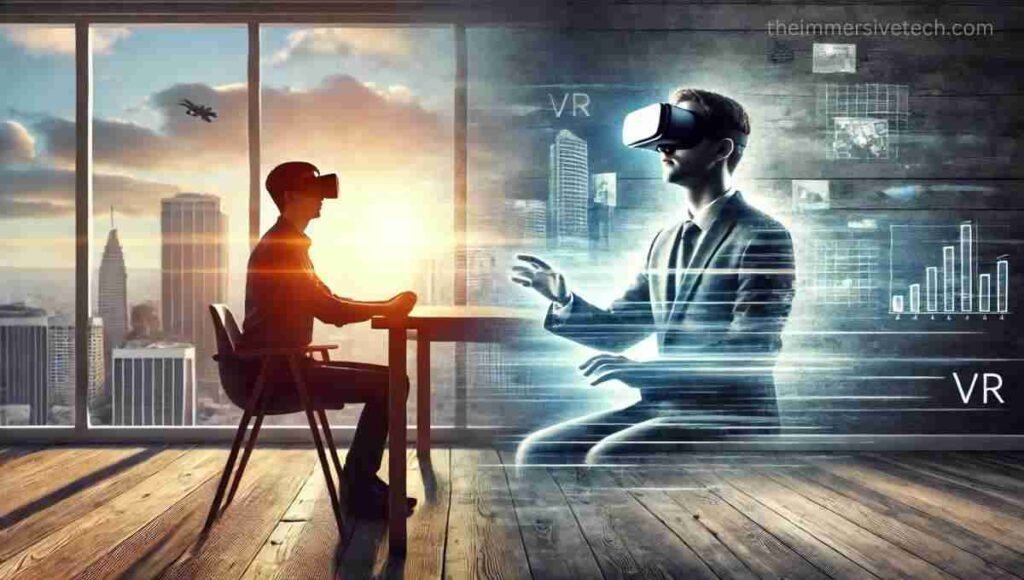
It is unlikely for VR to replace reality completely. Instead, it will continue to grow as a parallel space that improves and complements real-world experiences by resolving difficult and expensive issues like:
- VR will become a key tool for companies that allow employees to work, collaborate, and train in virtual environments.
- Virtual concerts, digital gaming worlds, and online meetups will continue to grow and offer new ways for users to interact.
- VR will play an important role in healthcare, from rehabilitation to exposure therapy and pain management.
However, there will be some ethical concerns, including privacy risks, the potential for digital dependency, and the social impact of excessive VR use. A balance between virtual experiences and real interactions will be essential to maintain the healthy social dynamic.
Conclusion
VR is changing traditional ways of education, work, and entertainment by offering immersive and interactive virtual environments. However, it is unlikely to replace real life. Instead, VR will serve as a tool that improves reality by providing new ways for users to interact, learn, and collaborate while maintaining the importance of real-world experiences.
The Immersive Tech brings you the latest news with all the new concepts about VR.
Visit our website to explore the future of virtual reality!


